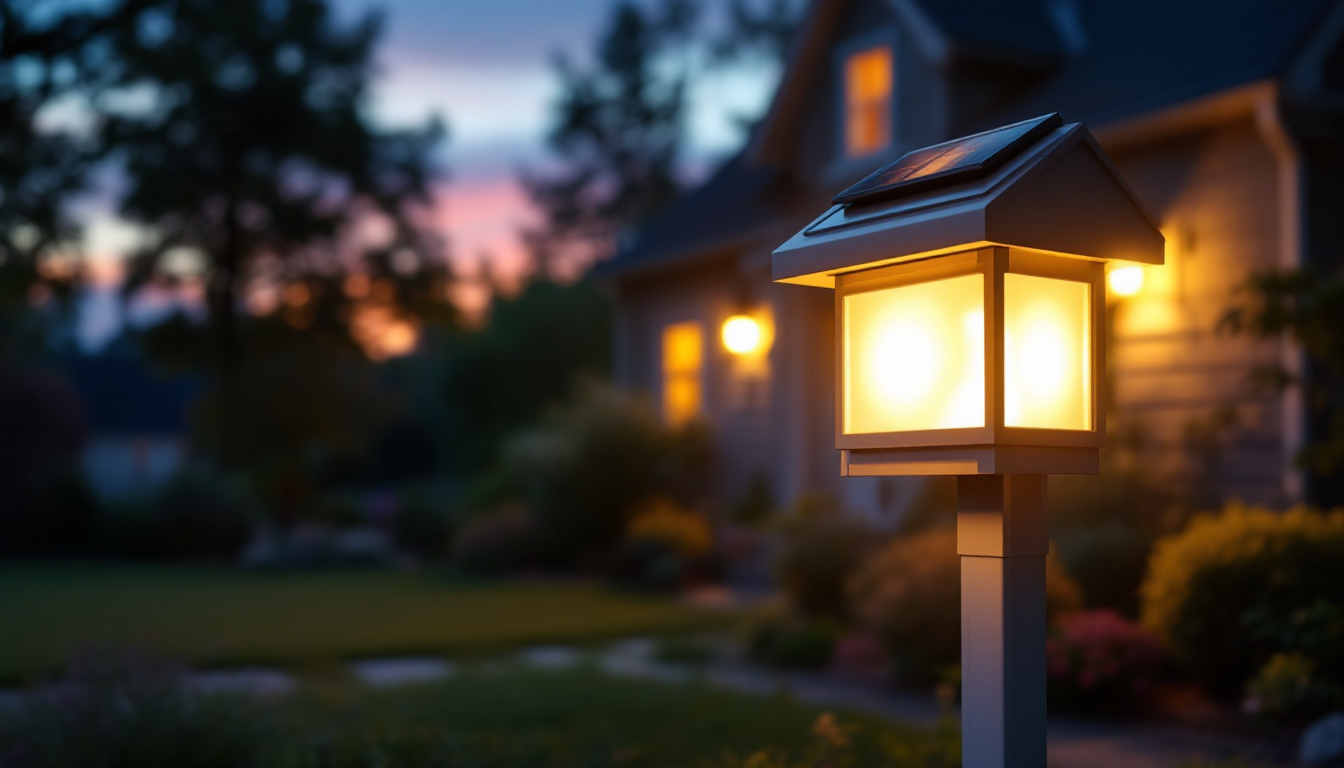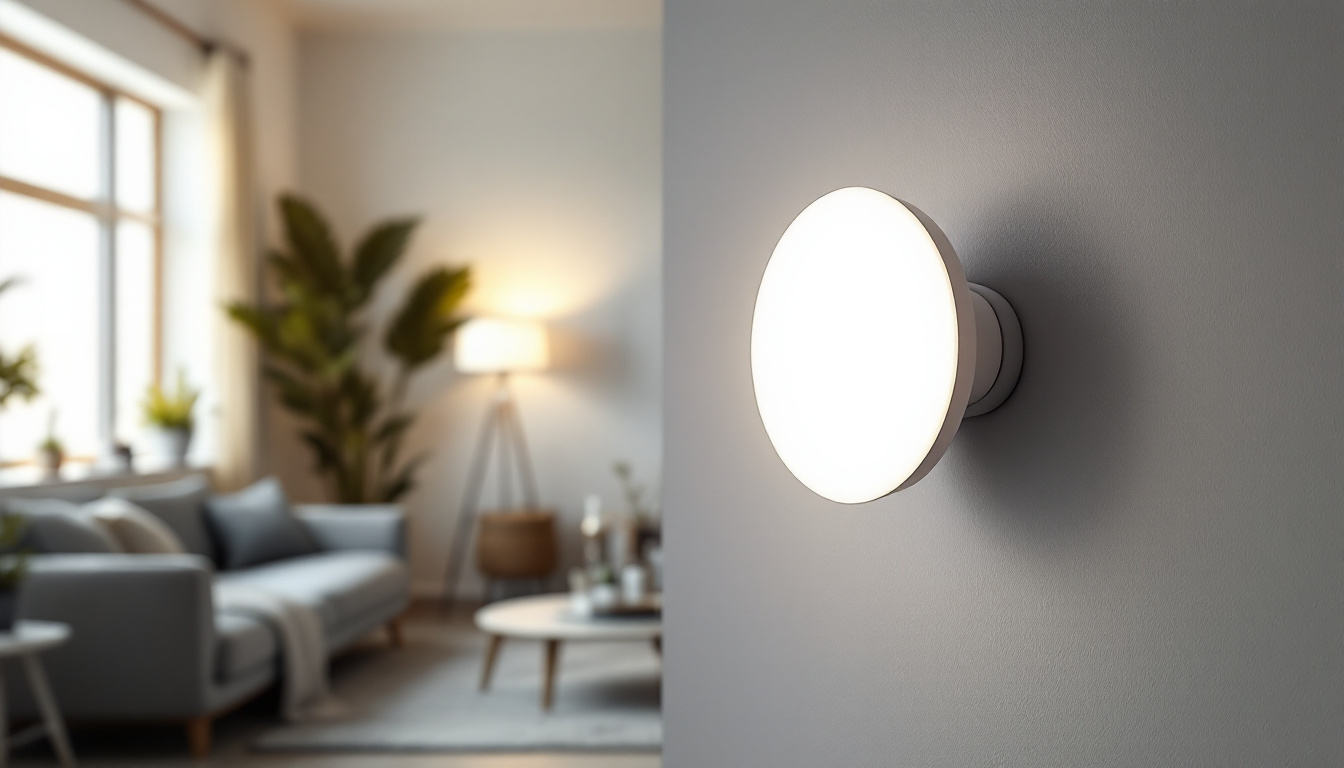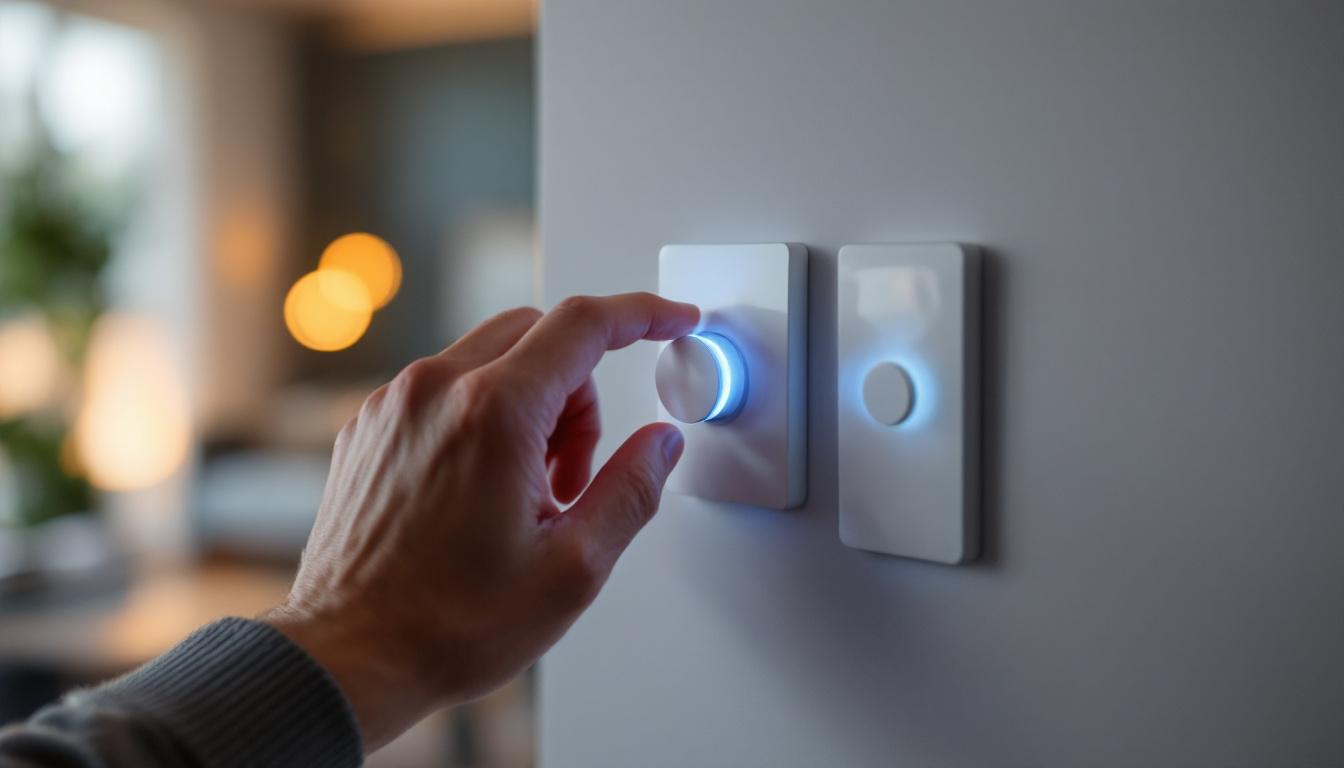

Lighting plays a crucial role in enhancing the aesthetic appeal and functionality of spaces. For lighting contractors, the challenge often lies in delivering high-quality illumination while keeping costs manageable. This article explores best practices for implementing low-cost, high-lumen lighting solutions that can meet client expectations without breaking the bank.
When discussing lighting, the term “lumen” refers to the total amount of visible light emitted by a source. Unlike watts, which measure energy consumption, lumens provide a more accurate representation of a light source’s brightness. For contractors, understanding lumen output is essential for selecting the right fixtures for various applications. This knowledge allows professionals to tailor lighting solutions that not only meet aesthetic demands but also functional requirements, ensuring spaces are well-lit and inviting.
High-lumen lighting options can significantly enhance visibility in commercial and residential settings. This is particularly important in environments where safety and productivity are paramount, such as warehouses, retail spaces, and offices. By focusing on lumen output rather than wattage, contractors can guide clients toward more efficient lighting solutions. For instance, in a busy retail environment, proper lighting can highlight merchandise, improve customer experience, and even influence purchasing decisions. In contrast, inadequate lighting can lead to accidents and decreased employee morale, underscoring the importance of selecting the right lumen output for each unique space.
When selecting fixtures, it is essential to consider both the lumen output and the intended application. LED technology has revolutionized the lighting industry by providing high lumens per watt, making it an ideal choice for contractors looking to maximize efficiency. Furthermore, the versatility of LED fixtures allows for creative applications, including recessed lighting, track lighting, and decorative fixtures, all of which can be tailored to enhance the design of a space while providing optimal illumination.
Additionally, consider the color temperature of the lighting. Warmer color temperatures (around 2700K to 3000K) create a cozy atmosphere, while cooler temperatures (above 4000K) are better suited for work environments. Understanding the psychological effects of different color temperatures can help contractors make informed decisions that align with client needs. For example, cooler tones can increase alertness and concentration, making them ideal for office spaces, while warmer tones can foster relaxation and comfort in residential settings. By balancing lumen output with color temperature, contractors can create environments that not only look good but also feel right for their intended purposes.
Energy efficiency is a critical factor for clients looking to reduce operational costs. high-lumen LED fixtures consume significantly less energy than traditional incandescent or fluorescent lights. This not only lowers electricity bills but also reduces the frequency of replacements due to the longer lifespan of LEDs. In fact, many LED products can last up to 25,000 hours or more, drastically reducing the need for maintenance and replacement, which is a significant consideration for large-scale projects.
Contractors should emphasize these benefits to clients, showcasing potential savings over time. Providing a cost-benefit analysis can help clients understand the long-term advantages of investing in high-lumen, energy-efficient lighting solutions. Additionally, many regions offer incentives or rebates for energy-efficient upgrades, further enhancing the financial appeal of LED lighting. By staying informed about these programs, contractors can not only help clients save money but also contribute to broader sustainability goals, making energy-efficient lighting a win-win for both the client and the environment.
A well-designed lighting layout can dramatically improve the effectiveness of high-lumen fixtures. Contractors must consider factors such as space dimensions, surface reflectivity, and the specific tasks being performed in the area. Proper planning ensures that light is distributed evenly, reducing shadows and dark spots.
Utilizing software tools for lighting design can aid in visualizing the layout before installation. These tools allow contractors to simulate different lighting scenarios, helping to identify the most effective placement for fixtures. This approach not only enhances the quality of the lighting but also saves time during installation.
Layering light involves using different types of lighting to create a balanced and functional environment. This can include ambient, task, and accent lighting. By combining these layers, contractors can achieve a more dynamic lighting scheme that meets various needs within a space.
For instance, in a retail setting, ambient lighting can provide general illumination, while task lighting can highlight specific products. Accent lighting can draw attention to displays or architectural features, creating an engaging atmosphere for customers. Understanding how to layer light effectively can set a contractor apart in a competitive market.
Incorporating natural light into a lighting design can enhance the overall aesthetic while reducing reliance on artificial lighting. Contractors should assess the potential for daylighting in any given space, considering factors such as window placement and the use of reflective surfaces.
Using skylights, light tubes, and strategically placed windows can maximize natural light intake. This not only improves the quality of the lighting but also contributes to energy savings. Clients often appreciate spaces that feel more open and inviting, making natural light a valuable component of any lighting design.
Smart lighting technology is becoming increasingly popular, offering contractors an opportunity to provide advanced solutions to clients. These systems allow for greater control over lighting, enabling users to adjust brightness and color temperature according to their needs.
Smart lighting can be integrated with building management systems, allowing for automated scheduling and energy monitoring. This not only enhances convenience but also promotes energy efficiency, aligning with the growing demand for sustainable solutions in the lighting industry.
Wireless control systems can simplify the installation process and reduce costs associated with wiring. These systems allow users to control lighting through mobile apps or voice commands, providing a modern and user-friendly experience.
Contractors should familiarize themselves with various wireless technologies available, such as Zigbee, Z-Wave, and Wi-Fi. Understanding the strengths and limitations of each technology will enable contractors to recommend the most suitable options for their clients.
Integrating lighting systems with other building technologies, such as HVAC and security, can enhance overall functionality. For example, lighting can be programmed to adjust based on occupancy sensors, ensuring that lights are only on when needed. This not only saves energy but also extends the lifespan of the fixtures.
By offering integrated solutions, contractors can position themselves as comprehensive service providers, catering to the evolving needs of modern clients. This approach can lead to increased customer satisfaction and repeat business.
Safety should always be a top priority for lighting contractors. This includes adhering to local codes and regulations, as well as ensuring that all installations are performed safely and correctly. High-lumen fixtures often require specific installation techniques to prevent overheating and ensure optimal performance.
Contractors should stay updated on the latest safety standards and best practices in the industry. This not only protects the contractor and their team but also instills confidence in clients, who are more likely to trust a contractor that prioritizes safety.
Proper installation techniques are crucial for ensuring the longevity and performance of lighting fixtures. Contractors should follow manufacturer guidelines and industry standards when installing high-lumen fixtures. This includes ensuring adequate ventilation, using appropriate mounting hardware, and securing wiring connections.
Training and ongoing education are vital for contractors to stay proficient in installation techniques. Regular workshops and certifications can help contractors keep their skills sharp and stay informed about new technologies and methods.
Regular maintenance is essential for keeping lighting systems functioning optimally. Contractors should establish a maintenance schedule for clients, which may include cleaning fixtures, checking for burnt-out bulbs, and inspecting wiring and connections.
By offering maintenance services, contractors can create an additional revenue stream while ensuring that clients’ lighting systems remain efficient and effective. This proactive approach can also lead to longer-lasting relationships with clients, as they will appreciate the ongoing support.
The lighting industry is constantly evolving, with new technologies and trends emerging regularly. Contractors must stay informed about these changes to remain competitive and provide clients with the best possible solutions.
Attending industry trade shows, participating in webinars, and subscribing to relevant publications can help contractors stay up to date. Networking with other professionals in the field can also provide valuable insights and foster collaboration.
Sustainability is a growing concern for many clients, and contractors can position themselves as leaders in this area by offering eco-friendly lighting solutions. This includes promoting energy-efficient products, using sustainable materials, and implementing practices that minimize waste during installation.
By embracing sustainability, contractors can appeal to environmentally conscious clients and differentiate themselves in a crowded market. This commitment to sustainability can also enhance a contractor’s reputation and lead to new business opportunities.
As technology continues to advance, contractors must be prepared to adapt. This includes staying informed about new lighting technologies, such as OLEDs and advancements in smart lighting systems. Understanding these technologies can help contractors offer innovative solutions that meet the evolving needs of clients.
Investing in training and education for staff can ensure that the entire team is equipped to handle new technologies. This not only enhances the contractor’s capabilities but also boosts client confidence in their expertise.
In the competitive landscape of lighting contracting, delivering low-cost, high-lumen lighting solutions is essential for success. By understanding lumen output, designing effective lighting layouts, implementing smart technologies, and maintaining high safety standards, contractors can meet and exceed client expectations.
Staying informed about industry trends and embracing sustainability will further enhance a contractor’s reputation and position them as a leader in the field. With these best practices in mind, lighting contractors can navigate the challenges of the industry while providing exceptional value to their clients.
Ready to elevate your lighting projects while keeping costs down? At LumenWholesale, we provide lighting contractors like you with the high-lumen, low-cost solutions you need to outshine the competition. Our spec-grade lighting products come with the promise of quality and affordability, ensuring your projects shine without straining your budget. Say goodbye to middleman markups and hello to hassle-free bulk buying with free shipping. Don’t compromise on quality or value; choose LumenWholesale for the best in wholesale lighting. Discover our unbeatable wholesale lighting selection now and bring superior illumination to every space.

Discover why staying informed about solar mailbox lights is crucial for lighting contractors.

Discover the essential insights into 4Ft T8 LED lamps with our comprehensive guide tailored for lighting contractors.

Discover how flat LED bulbs are revolutionizing the lighting industry and helping contractors secure more projects.

Discover the essentials of dimmer switches for LED lights in this insightful guide tailored for lighting contractors.
Get notified when NEW deals are released.
Optimize your budget with wholesale discounts.
Only top-quality, specification-grade lighting products.
No additional costs at checkout - what you see is what you pay.
We understand the unique needs of contractors.